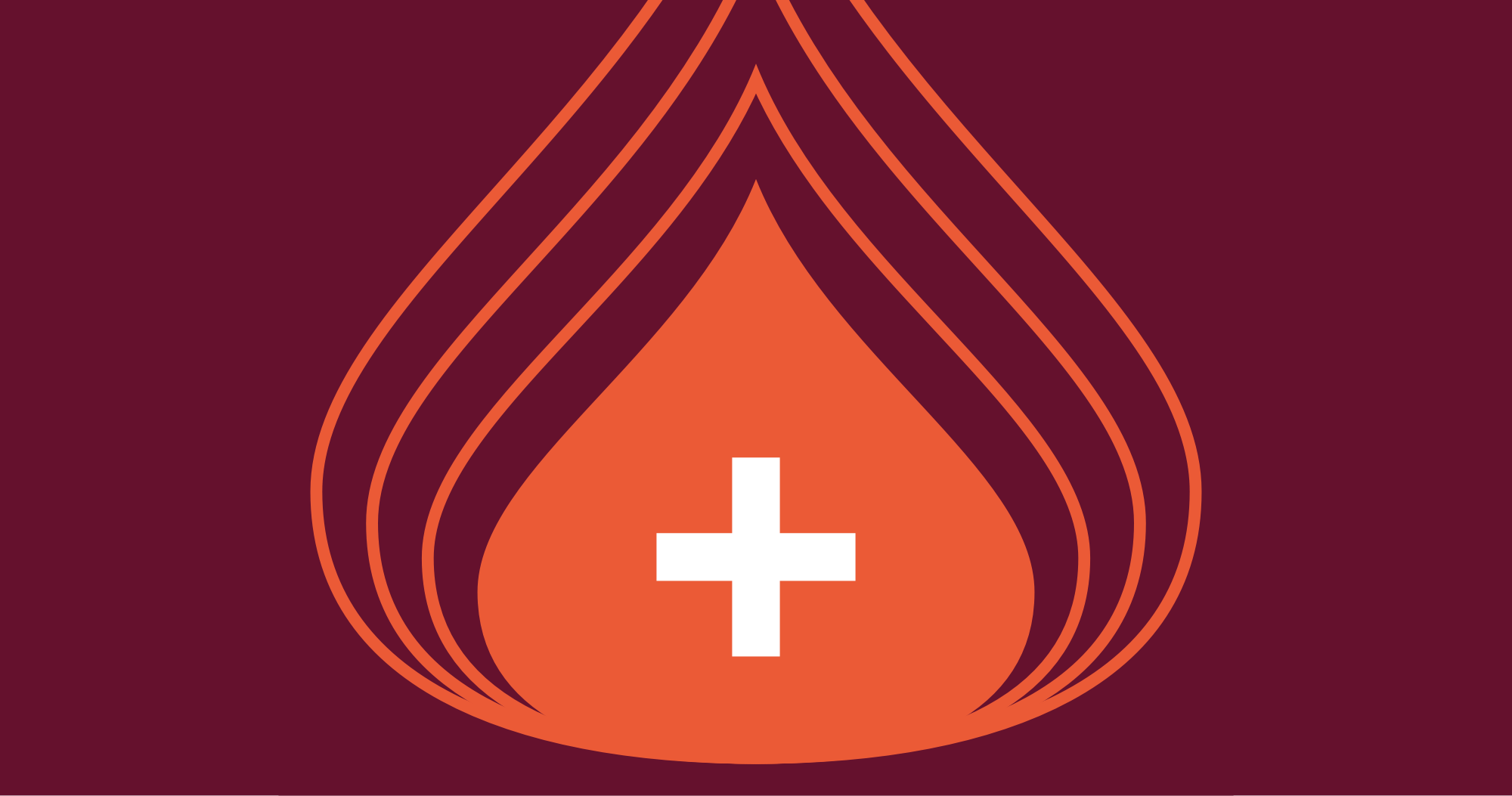Mapping the Health Risks of Returning to Offices
.jpg?width=2188&name=Infection%20Heatmap%20(1).jpg)
As the vaccine rollout continues, employers are trying to figure out how and when to bring employees back to the office safely. Should companies allow permanent remote work, or settle on a hybrid model? Should they return to business as usual, and if so how and when? How should they adjust policies and schedules to evolving local conditions? How will these decisions impact their communities? How should they translate general public health statistics and regulatory guidance into actual operational decisions? Business leaders must sort through the sea of information and attempt to navigate the best course without a chart.
The heatmap above is our best approximation of such a chart.
The image shows the relative risks of bringing employees back to the office at different thresholds of employee vaccination for a 2,500-person office at a Fortune 500 company in Pittsburgh, PA. The X-axis represents the percentage of vaccinated employees and the Y-axis represents the percentage of in-person office operating capacity. As you move up and to the right, you can see how increasing levels of employee vaccination allow for more employees to safely return to work.
Over the past year, Epistemix has been using epidemiological modeling to help public and private sector leaders respond to COVID-19, and the simulation that generated this image incorporates every lesson we’ve learned along the way. The model accounts for workplace size, contact patterns, realistic social dynamics, COVID-19 natural history, regional vaccination levels, company policies, and building design, as well as employee demographics such as age, race, sex, and household zip codes. After calibrating to local conditions, we ran simulations for 10 different capacities, with a return date of February 1, 2021. We then monitored the number of infections that occurred at work as employees get vaccinated. The white boxes depict capacity and vaccination combinations that resulted in zero infections at work, while the pink-to-red boxes indicate one or more infections, with dark red indicating five or more infections that occurred at work.
Employers can use this information to set targets for employee vaccination and corresponding capacity policies. For instance, using data unique to the Fortune 500 modeled here, if 30% of employees are vaccinated, we predict that returning to office at 25% capacity would result in 0 infections at work. Employers can also employ strategies where they require vaccination before returning to the office, implement additional social distancing and mitigation policies, or throttle work attendance for employees that live in ongoing epidemic hot spots.
Epistemix is working with companies across the US to model the specific impacts of different return to office strategies under their unique circumstances—empowering employers to identify how to safely and effectively bring employees back to work. Contact us to simulate the options for your organization.
Lindsey Solden Reiser, PhD, is a senior scientist at Epistemix.

